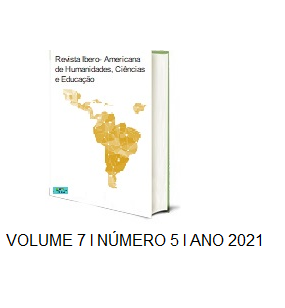FEMINIST CYBERACTIVISM IN BRAZIL: THE TRANSFORMATION OF ACCEPTANCE OF DIVERSE FEMALE BODIES ON INSTAGRAM
DOI:
https://doi.org/10.51891/rease.v7i5.1222Keywords:
Cyberactivism. Beauty standards. Instagram.Abstract
Beauty standards are sets of aesthetic standards that want to define what the body and appearance of people, especially women, should be like. This paper aims to discuss the role of Instagram in the dissemination of these standards and, on the other hand, to observe the growing relevance of feminist cyberactivism in their dissolution, having as a backdrop the Corpo Livre movement profile, pioneer in addressing the theme in Brazil. To this end, the origin of the aesthetic ideals of Brazilian society is discussed, as well as how they relate to patriarchal power structures and what are the mechanisms that make Instagram relevant in the perpetuation of these norms today. Finally, data are presented measuring the growth of the Corpo Livre movement profile, discussing how this type of initiative works to transform the acceptance of diverse female bodies on Instagram.
Downloads
Downloads
Published
How to Cite
Issue
Section
Categories
License
Atribuição CC BY

